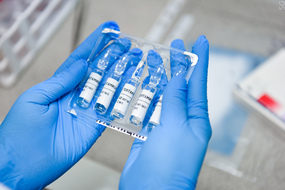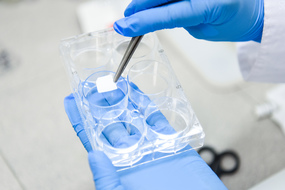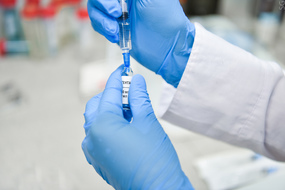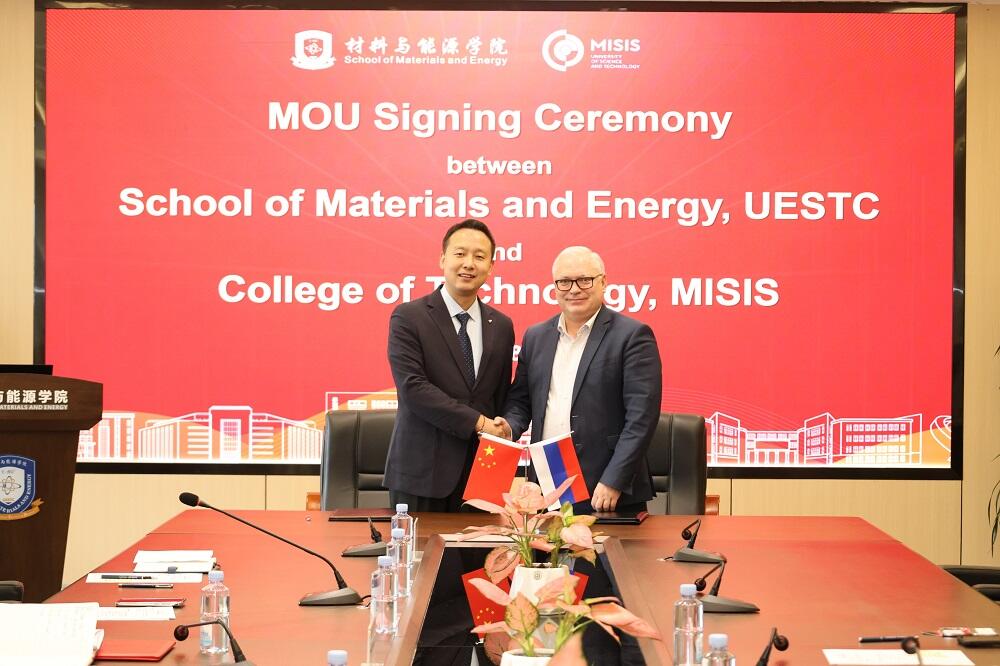An international team of scientists from the National University of Science and Technology “MISIS”, the Central European Institute of Technology and several other universities has developed a biocompatible material with antibacterial properties. The material is planned to be used for bandaging of wound skin, for example, burns and cuts. Such bandages will have a prolonged effect, act locally and, most importantly, will not require changing. The material is self-absorbable, and a new bandage can be put directly on top of the old one. The article about the research is published in Materials and Design.
Such skin injuries as burns and cuts require antiseptic treatment, antibiotics and regular changes of bandages. However, treatment not only can have side effects (for example, antibiotics when taken orally kill not only dangerous bacteria, but also useful), it is often quite painful: change of bandages interrupt the integrity of fresh-healed tissues.
Scientists from the National University of Science and Technology “MISIS”, Central European Institute of Technology and several other universities have developed a biocompatible dressing material that is able to act locally on the focus of inflammation, and does not require change. Releasing the antibiotic, the bandages will gradually dissolve on the skin. If necessary, a new bandage can be applied directly on top of the old one.
“As a basis for our material, we used polycaprolactone nanofibers, which are self-dissolvable. We attached gentamicin, a broad- spectrum antibiotic, to the fibers. Interestingly, the effect has turned out to be prolonged: we observed a significant decrease in the number of bacteria even 48 hours after the application of the material. Usually surfaces with antibacterial effect work only during the first day, often even the first hours of application”, — Elizaveta Permyakova, one of the authors, researcher at NUST MISIS laboratory “Inorganic Nanomaterials”.
The experiment was conducted using three strains of E. coli (Escherichia coli). All three strains were characterized by different antibiotic resistance, but, nevertheless, in all three cases a positive pharmacodynamics was observed.
As noted by scientists, potentially the material can be used not only for the skin treatment — it can also be used in the treatment of inflammatory bone diseases such as osteoporosis and osteomyelitis.
Scientists continue to work on testing and improving the material: it is planned to try to attach other antibiotics, for example, ciprofloxacin. It is a new generation antibiotic, and most species of bacteria have not yet developed resistance to it. In addition, it is planned to increase the effectiveness of the material by creating multi-layer samples: antibiotic, heparin to reduce blood clotting in the wound surface, and another layer of antibiotic.





